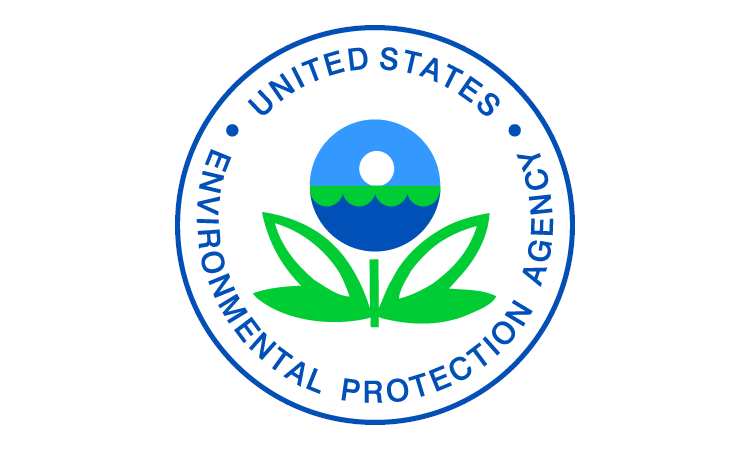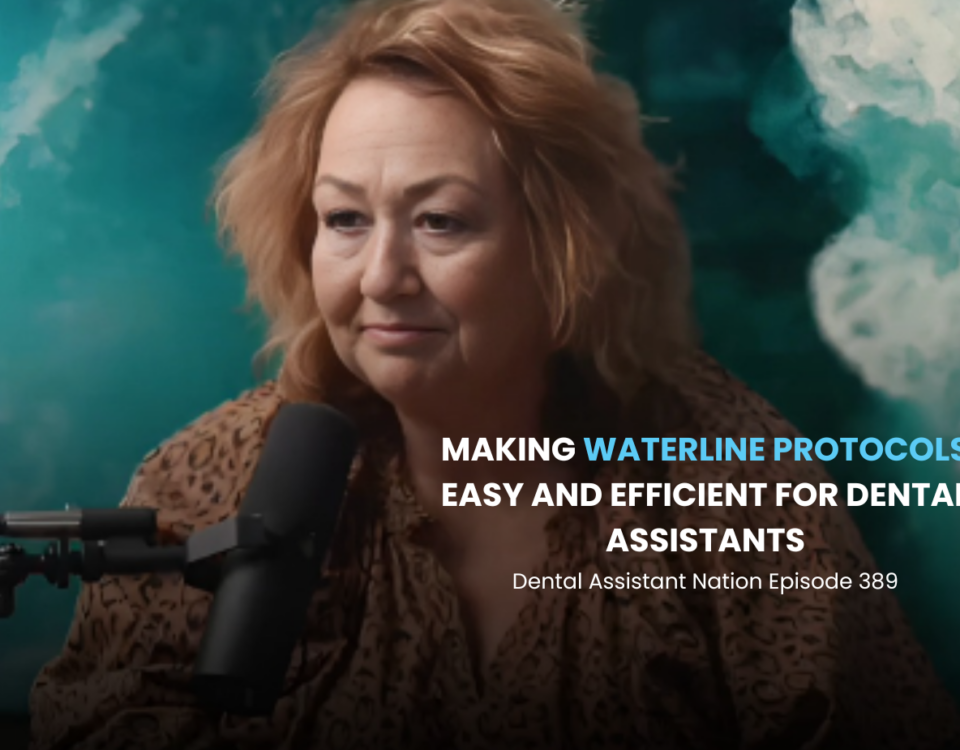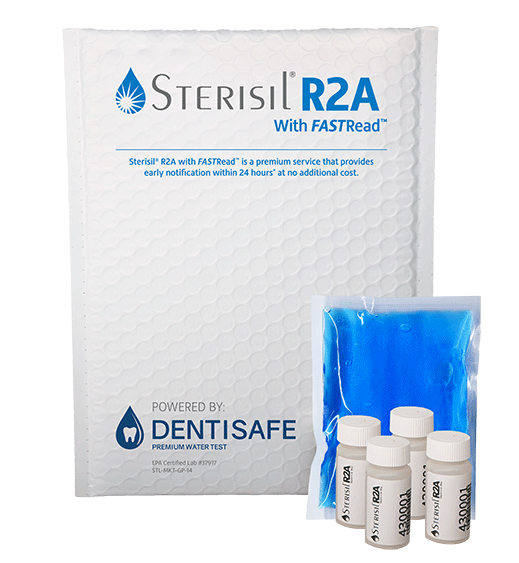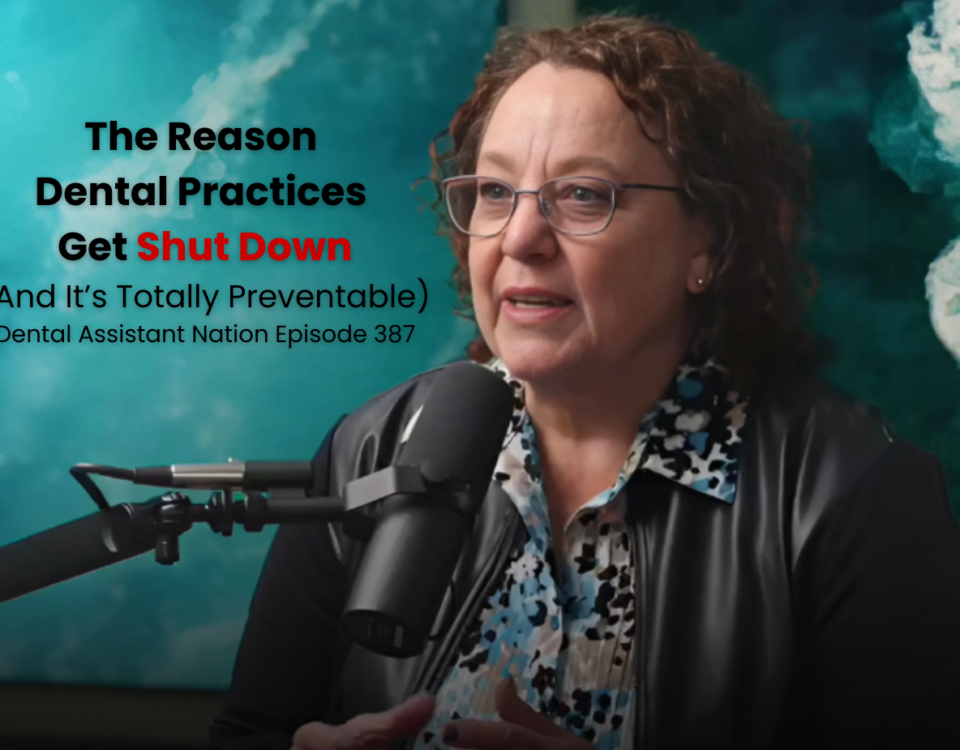What A Dentist Needs To Know About Amalgam Separation
EPA Regulation Deadlines by State
June 10, 2017What A Dentist Needs To Know About Amalgam Separation
[et_pb_section fb_built=”1″ _builder_version=”3.22″ custom_padding=”20px|||||” global_colors_info=”{}”][et_pb_row _builder_version=”3.25″ background_size=”initial” background_position=”top_left” background_repeat=”repeat” custom_padding=”0px|||||” global_colors_info=”{}”][et_pb_column type=”4_4″ _builder_version=”3.25″ custom_padding=”|||” global_colors_info=”{}” custom_padding__hover=”|||”][et_pb_text _builder_version=”4.14.5″ background_size=”initial” background_position=”top_left” background_repeat=”repeat” custom_margin=”15px|||||” global_colors_info=”{}”]
Is Mercury Dangerous?
Mercury is a potent neurotoxin that bioaccumulates in fish and shellfish. Mercury pollution is widespread and a global concern that originates from many diverse sources such as air deposition from municipal and industrial incinerators and combustion of fossil fuels.
Neurological and behavioral disorders may be observed after inhalation, ingestion or dermal exposure of different mercury compounds. Symptoms include tremors, insomnia, memory loss, neuromuscular effects, headaches and cognitive and motor dysfunction. Mild, subclinical signs of central nervous system toxicity can be seen in workers exposed to an elemental mercury level in the air of 20 μg/m3 or more for several years.
Key Facts About Dental Practices And Mercury
According to the EPA, more than 100,000 dental practices in the US use or remove amalgam. As you know, amalgam contains mercury which is safe in a solid state in a patient’s mouth. However, more than 5 tons of mercury are discharged through wastewater lines to municipal treatment plants and then released into the environment EACH YEAR. Dental offices are the main source of mercury discharge to these municipal treatment plants.
- Dental clinics are the main source of mercury discharges to POTWs (Publicly Owned Treatment Works) – or sewage treatment plant
- EPA estimates about 103,000 dental offices use or remove amalgam in the United States; almost all of these send their wastewater to POTWs
- Dentists discharge approximately 5 tons of mercury each year to POTWs; most of this mercury is subsequently released to the environment
- Mercury-containing amalgam wastes may find their way into the environment when new fillings are placed or old mercury-containing fillings are drilled out and waste amalgam materials that are flushed into chair-side drains enter the wastewater stream
- Mercury entering POTWs frequently partitions into the sludge, the solid material that remains after wastewater is treated
- Mercury from waste amalgam therefore can make its way into the environment from the POTW through the incineration, landfilling, or land application of sludge or through surface water discharge.
The Regulation
After more than 10 years of research and comment, the EPA concluded in December 2016 that amalgam separators were a ‘practical solution to keeping mercury out of public water supplies’. So, the EPA released the mercury waste regulation on December 15, 2016, however this does not become official until it is published by the Office of the Federal Register in the Federal Register.
“The EPA has concluded that requiring dental offices to remove mercury through relatively low-cost and readily available amalgam separators and [best management standards] makes sense,” the EPA stated in its executive summary of the final rule.
Who Needs To Use An Amalgam Separator
The new rules apply to dental offices, dental schools, and clinics that discharge water to a municipal treatment plant. These regulations do not apply to mobile units or offices where the practice “consists only” of the following specialties:
- Oral pathology
- Oral and maxillofacial radiology
- Oral and maxillofacial surgery
- Orthodontics
- Periodontics
- Prosthodontics
Best Practices For Amalgam Separation
The regulations will require that a practice be subject to two best management practices:
- Collect and recycle scrap amalgam
- Clean the chairside traps with nonbleach or nonchlorine cleanser so as not to release mercury
The EPA ruling also requires practices to install an amalgam separator that meets certain requirements, or replace the separator they have with equipment that meets the requirements (within 10 years). The amalgam separator must be compliant with either the American National Standards Institute (ANSI) American National Standard/ADA Specification No. 108 for Amalgam Separators (2009) with Technical Addendum (2011) or the International Organization for Standardization (ISO) 11143 Standard (2008), or subsequent versions so long as that version requires amalgam separators to achieve at least a 95% removal efficiency.
Compliance & Recycling
Dental offices must also submit a compliance report and have maintenance and inspection records available.
Dental offices discharge mercury present in amalgam used for fillings. Amalgam separators are a practical, affordable and readily available technology for capturing mercury and other metals before they are discharged into sewers that drain to POTWs. Once captured by a separator, mercury can and should be recycled. Check with your amalgam separator company to see if they recycle – some do and some don’t.
New Dental Offices
The compliance date for new dental offices (“new sources”) is the effective date of the rule. So, if you are new dental practice coming out of the ground, your best practice would be to get ahead of the regulation and do the right thing. Amalgam separation is not only the future, it’s the right thing to do.
[/et_pb_text][/et_pb_column][/et_pb_row][/et_pb_section]







